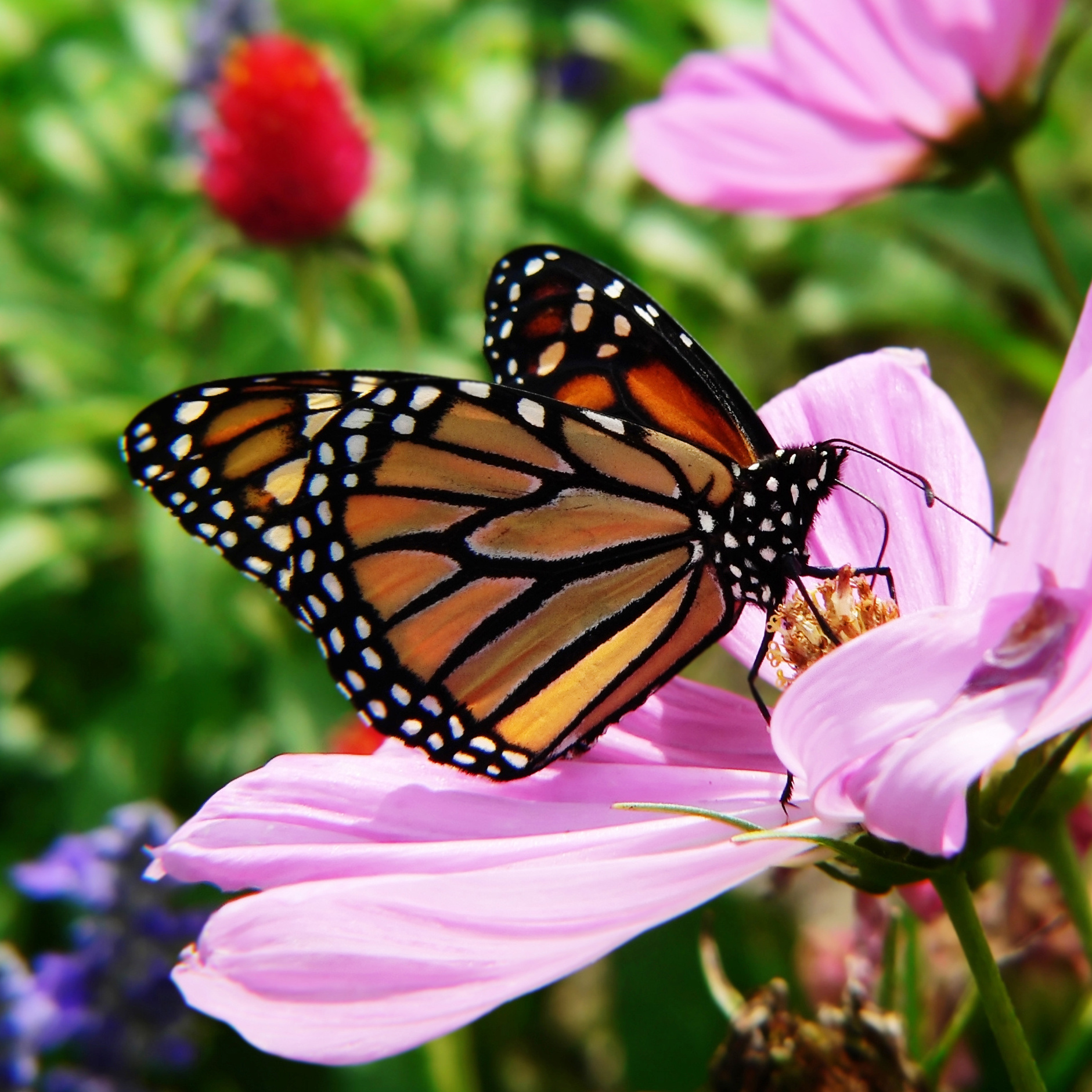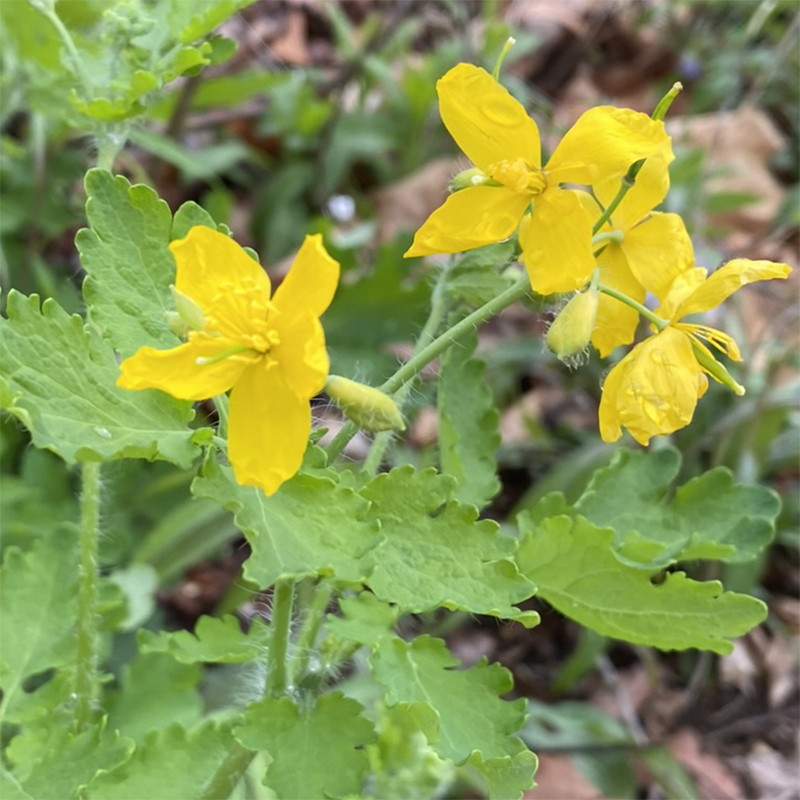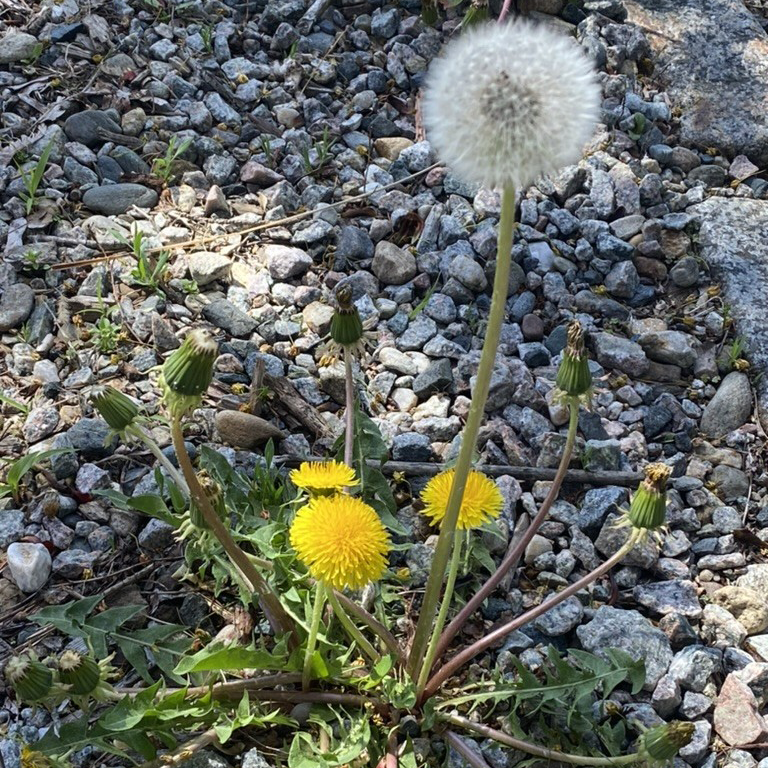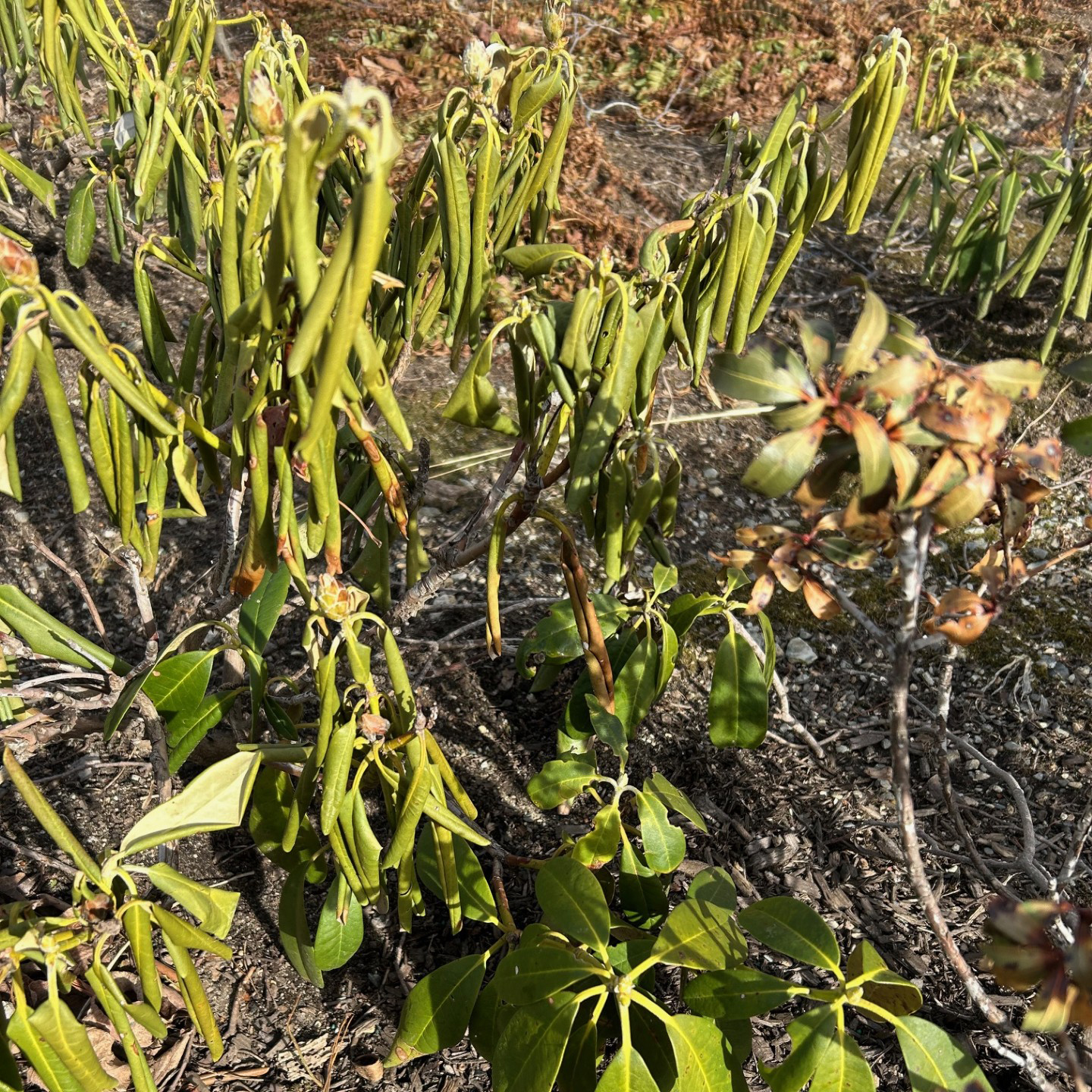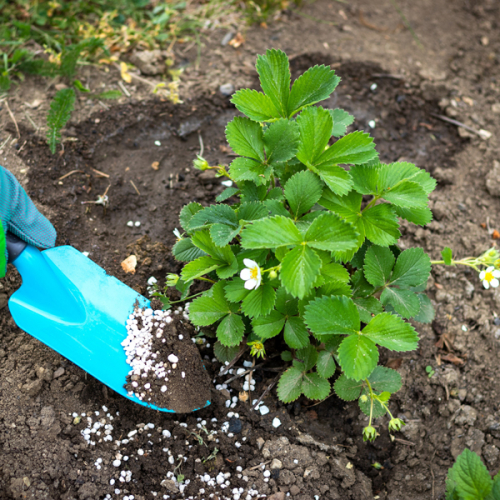
Have you ever wandered your local garden center and been mystified by the numbers prominently displayed on the bags of fertilizer?
It turns out that those numbers are pretty easy to decode. They always follow the same order: N, P, K. If you remember your high school chemistry, the first number represents the percentage of nitrogen (N), the second number is the percentage of phosphorous(P) and the third, the percentage of potassium(K).
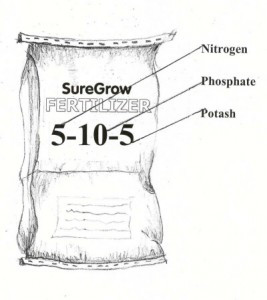
Now that you know what the numbers represent, how does that information help you choose the correct fertilizer for your lawn or garden?
Nitrogen promotes the leafy green growth of the plant and you will often find lawn fertilizers with a higher percentage of nitrogen. Phosphorous is good for root health and underground growth and is helpful for flower blooms and fruit production. Potassium is good for overall plant health which can enable your plants to better withstand stress. A higher potassium level is often found in “winterizer” fertilizers.
What is the difference between organic and synthetic fertilizers?
Simply put, synthetic fertilizers are manufactured chemically and organic fertilizers are usually derived from plant or animal materials Synthetic fertilizers are highly water soluble and therefore are rapid acting. However, they can leach into the water table and have adverse effects beyond your property. They are also easy to over-apply and are very quickly absorbed which can lead to “fertilizer burn.”
Organic fertilizers enrich the soil and encourage the growth of naturally occurring beneficial organisms which ultimately provides your plants with the nutrients they need. Organic fertilizers generally work slowly over time and there is very little risk of burning or over-application. In general, organic fertilizers are best for home use.


